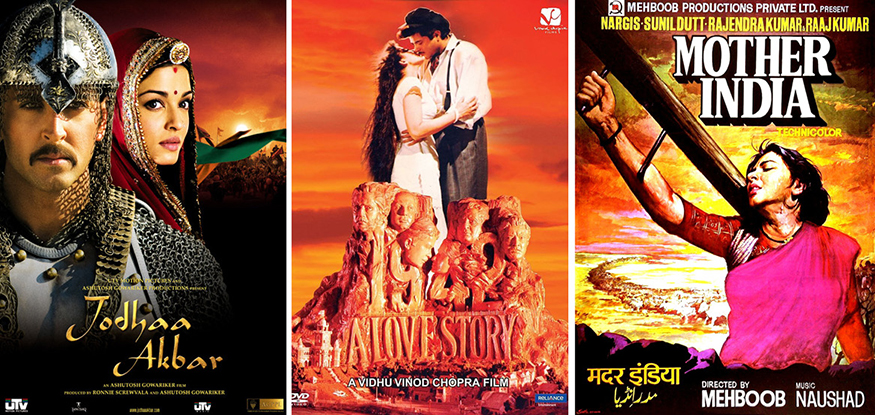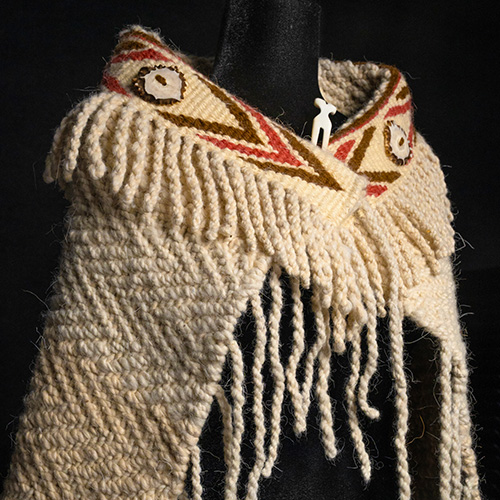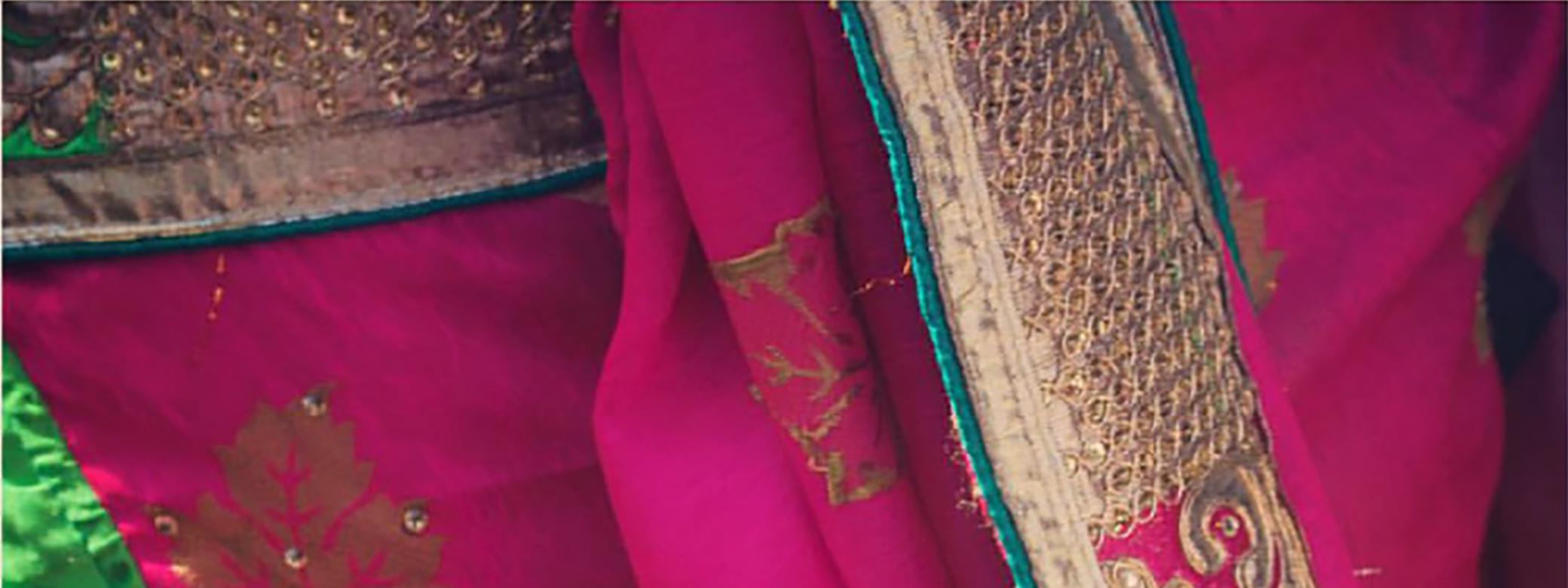
As a child in India, Anand Yang spent many happy hours watching escapist Bollywood films in cavernous New Delhi theaters. At the time, the films were pure entertainment for a Saturday afternoon. Now Yang sees them as something more: a way to introduce his students to the colonial history of India.
Yang recently created “History by Bollywood: Colonial India through Film,” a course that offers insights into colonial and modern India through the lens of Bollywood films. The course is offered jointly this spring by the Department of History and the Jackson School of International Studies.
“I don’t think of Bollywood films as providing an objective and factual portrayal of Indian history,” explains Yang, UW professor of international studies and Walker Family Endowed Professor of History. “Rather they reveal how different eras have engaged with India’s colonial past. Historians always say that the past is in the present. The past is never really past.”
History as Backdrop
Through class lectures, assigned readings, and films, students in “History by Bollywood” learn about India’s colonial period, which dates from the late 1700s through the mid-20th century. The colonial period began with Britain and other European powers fighting for control of India, with Britain prevailing and consolidating its rule by the early 1800s. Indians rebelled in 1857, but the effort failed due to a lack of unified resistance.
“That revolt lasted about a year and is considered one the major events in British Indian history, with a number of films about it,” says Yang. “The British saw it as mutiny and treason; Indians celebrate it as the first salvo of the war of independence.”
Independence would not come for another 90 years. Yang covers the rise of the nationalist movement in 20th century India, leading to independence in 1947 and the painful process of partition, through which the country split into Muslim-majority Pakistan and Hindu-majority India.
These lovely, enjoyable, exciting Bollywood films are a great way to enter into the psyche of the ...society at the time they were produced.
Bollywood films capture each of these moments, deftly integrating songs and dances into historical events and settings. But movie audiences should not expect weighty discourse on India’s past. “Popular Bollywood films use historical events as a pretext to tell stories their audiences are interested in — romance and family drama,” says Yang.
Using history as the backdrop for stories about love and family is not unique to Bollywood. What’s special is the celebratory mix of reality and fantasy employed in the telling. Bollywood audiences want – and expect – whimsy, and they get it through elaborate music and dance numbers that often take viewers around the world.
“Many of the people who go to the films want to escape their mundane reality,” says Yang. “They want to sit in an air-conditioned theater and see song and dance. They want to see splendor. Even when middle-class families are depicted, they live in mansions. They dress in finery.”
A Changing Society
Choosing films for the course was both a pleasure and a challenge for Yang, who moved to the US in his teens but never stopped enjoying Bollywood productions. As he developed the class, he viewed some Bollywood classics repeatedly, researching how Indian audiences responded to each film to understand its impact.
Mother India, which came out shortly after independence, is shared early in the quarter. The film includes music and dance but is far more socially realistic than most of the Bollywood blockbusters that followed.

“Mother India gives you a sense of the spirit of India in the 1950s,” says Yang. “It is reflective of a time when India was a non-aligned power, celebrating its interest in being socialistic and helping all of its people. The vocabulary is different in later films, after India enters the global stage. By the 1980s, the films celebrate India's emergence as a global player — its richness, wealth, and power.”
Societal changes are particularly evident in films about India’s independence and partition, described by Yang as “an extremely traumatic event.” Students view and analyze a popular film from one of two periods: either a film from the 1950s, when the Hindu-Muslim divide was less acute, or a more recent film that reflects the ascendence of Hindu nationalism.
“Films are perfect vehicles to understand the controversies around partition, especially in retrospect,” says Yang, who hopes to correct a common misconception that Hindus and Muslims in India have always been at odds. “That is totally wrong,” he says. “The rise of religious identities is something that happened under colonial rule and with the encouragement of colonial rulers – one of these ‘divide and rule’ principles the British employed to control the vast country.”
Despite the weighty content of his course, Yang hopes his students find joy in their Bollywood viewing. His goal was to use film to introduce more students to the study of history, and he has succeeded brilliantly, attracting students in STEM, film, history, and many other fields.
“There’s no better hook for a course than these lovely, enjoyable, exciting Bollywood films,” Yang says. “They are a great way to enter into the psyche of the audience and the larger society at the time they were produced. …And what’s not to like about song and dance?”
More Stories

A Healing Heart Returns
In February, the UW Symphony will perform a symphony that Coast Salish elder Vi Hilbert commissioned years ago to heal the world after the heartbreak of 9/11. The symphony was first performed by the Seattle Symphony in 2006.

A "gesture" to jump-start careers
To prepare students for professional success, the UW College of Arts and Sciences offers “gesture,” a mock startup company where student interns gain skills that employers seek.

Coast Salish Traditions are "Woven in Wool" at the Burke
A Burke Museum exhibit, co-curated by Coast Salish weavers and Burke curators, highlights the importance of weaving to Coast Salish communities.
